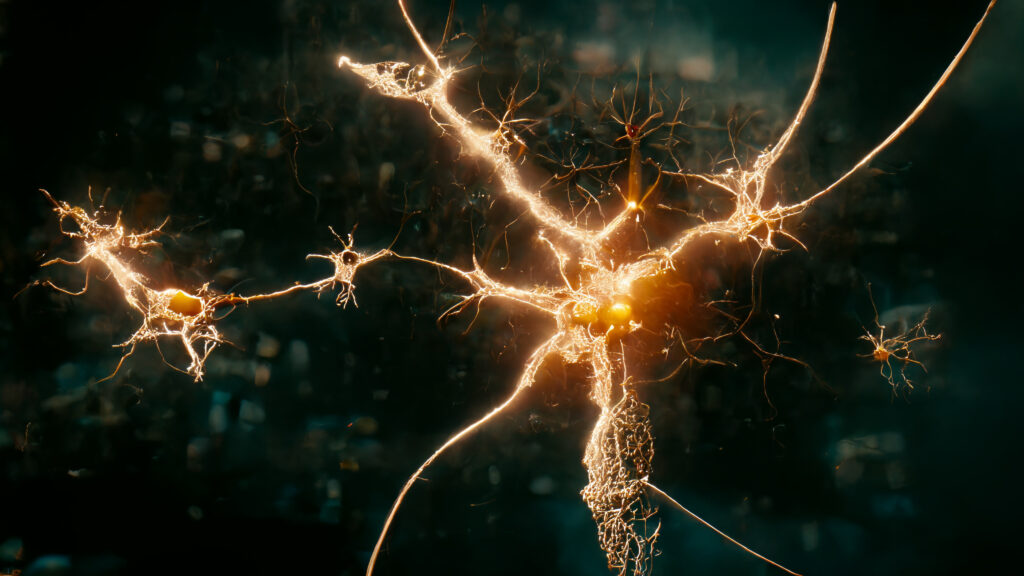Neurological diseases are now the leading cause of poor health and disability worldwide. An estimated 3.4 billion people, or 40% of the world’s population, are affected by neurological disorders such as Alzheimer’s disease and other dementias, stroke, migraine, depression, anxiety, neonatal encephalopathy, and more. Efforts to expand research that can lead to new and more effective treatments for neurological diseases are sorely needed. So are new strategies to address the many unique challenges that often limit progress in developing therapies for these diseases.
Neurological disorders are broad and diverse. Symptoms can vary significantly in severity and frequency from person to person. Diagnosis is often based on physical symptoms, rather than on genetics or biomarker profiles. And in clinical research, most trial endpoints are based on observations that can be subjective and open to multiple interpretations.
advertisement
The range of challenges means that neuroscience programs are often derailed, delayed, or abandoned entirely, even in cases where there is some evidence of clinical benefit. Given the high risk of failure and the often long and costly development timelines, many investors have historically been reluctant to support development of drugs or novel technologies for neurological or psychiatric diseases until a research program has sufficient early-stage clinical data that strongly suggest a positive result — meaning late-stage clinical success and regulatory approval — within an acceptable time period.
STAT+ Exclusive Story
Already have an account? Log in

Get unlimited access to award-winning journalism and exclusive events.


